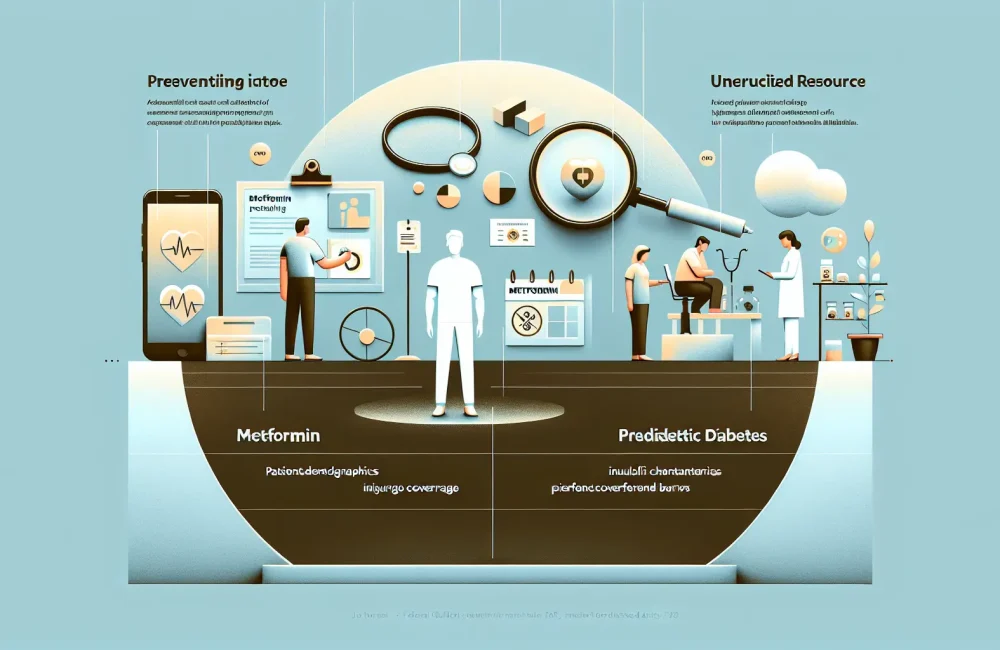By CAFMI AI From Journal of General Internal Medicine
Effective Identification of Abnormal Glycemic Results via EHR
Early detection of diabetes and prediabetes is a critical goal in primary care to enable timely interventions that can improve patient outcomes and reduce complications. This study evaluated a pragmatic trial of a novel visit-based clinical decision support system (CDSS) integrated with electronic health records (EHR) across multiple primary care clinics in the United States. The intervention consisted of an EHR-embedded alert that was triggered during patient visits whenever abnormal glycemic values were detected, specifically elevated hemoglobin A1c (HbA1c) or fasting glucose levels. This alert prompted clinicians to consider and initiate appropriate diabetes screening or follow-up testing for patients aged 18 years and older without a prior diabetes diagnosis. The primary endpoint was the completion rate of diabetes screening within six months following the alert. Results demonstrated that this CDSS intervention significantly increased the rates of diabetes screening completion compared to usual care practices where no such alert was implemented. Beyond the statistical improvements, clinicians reported high levels of usability and acceptance of the alert system, highlighting the practicality and integration potential of such tools in busy clinical workflows. By leveraging real-time data from EHRs and delivering actionable alerts at the point of care, the system facilitated timely identification of patients at risk. This approach directly supported clinicians in adhering to established diabetes screening guidelines, thus enhancing early diagnosis and reducing missed screening opportunities. Importantly, the pragmatic trial design ensured applicability of findings to routine care settings, strengthening the clinical relevance of the intervention.
Improving Clinical Workflow and Patient Outcomes
The integration of the alert system into electronic health records not only improved screening rates but also enhanced the efficiency of clinical workflows. Clinicians were able to receive real-time prompts that required minimal disruption to patient care processes. This seamless embedding into routine care practices reduced the likelihood of missed screenings and supported continuous quality improvement in diabetes care. Additionally, the intervention empowered healthcare providers to engage patients in informed discussions about their glycemic status and follow-up needs, fostering patient-centered care and promoting adherence to screening recommendations.
Real-World Impact and Scalability of EHR-Based Alerts
The pragmatic nature of this trial demonstrated that such EHR-based alerts are feasible and effective in diverse primary care settings. The system’s ability to scale across multiple clinics while maintaining high usability and clinical effectiveness underscores its potential for widespread adoption. Future efforts focusing on integration with other chronic disease management tools and expanding alert criteria could further enhance preventative care. Ultimately, leveraging EHR technology in this manner could transform diabetes screening practices nationwide, contributing to earlier diagnosis and better long-term health outcomes for patients.
Read The Original Publication Here






